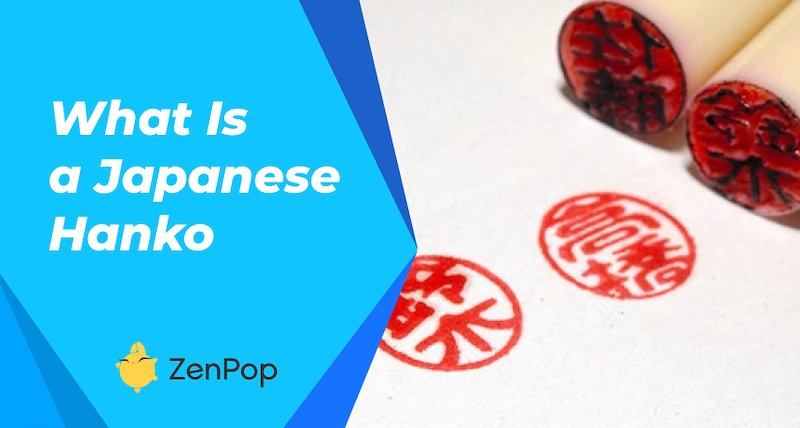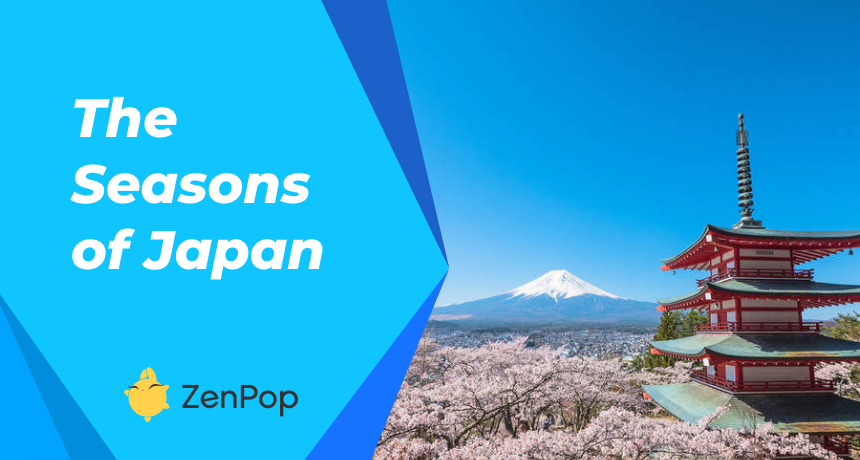
</title><meta name="robots" content="noindex"> The Seasons of Japan
The four seasons of Japan, which include spring, summer, fall, and winter, elevate the country’s allure to an entirely new level. Throughout the year, you will truly experience the spirit of a certain time of the year. From the world-famous sakura season to the festivals celebrated in different prefectures, you’ll appreciate their profound significance in Japanese culture.
Today's post will delve into Japan’s captivating seasons, which are celebrated and cherished throughout the year by the Japanese people and tourists alike.
The Four Seasons in Japanese Kanji
Try writing the four seasons in Japanese Kanji.
Before we dive into the details, let’s first take a look at the names of the seasons in Japanese and how they’re written in Kanji and hiragana.
- Spring in Japanese is called haru (春 or はる).
- Summer is called natsu (夏 or なつ)
- Autumn in Japanese is aki (秋 or あき)
- Winter is called fuyu (冬 or ふゆ)
Two more Japanese words that pertain to the seasons in the land of the rising sun. The term for “four seasons” in Japan is shiki (四季). The seasons written altogether are called shunkashuutou (春夏秋).
Spring in Japan
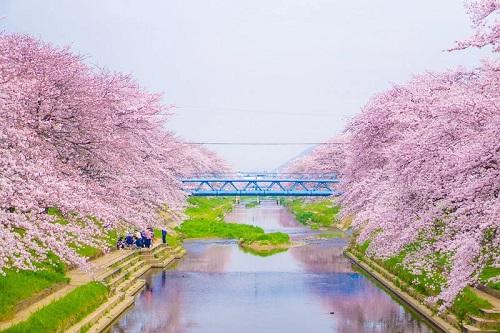
If you read articles about traveling to Japan or hear recommendations from friends, most of them will say that the best time to go to the country is during spring. The season begins in March and ends in May.
Its most iconic view is the blooming of cherry blossoms which signals the arrival of Japan’s most anticipated season. It symbolizes new beginnings after the winter cold. That’s why businesses and schools start the year in this season.
Cherry Blossoms begin to bloom on the island of Kyushu, which is in the southwestern part of Japan. The sakura front then progresses to the north. So if you want to watch the beautiful sakura trees, you need to plan your visit accordingly.
Spring Activities in Japan
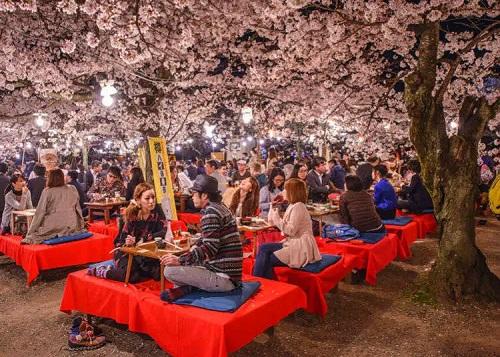
With sakura trees in bloom, many people love to gather and appreciate the beauty of the season through an activity called hanami (花見), which means flower viewing. The Japanese eat and drink under the cherry blossom trees to welcome spring’s arrival.
You can also enjoy seasonal festivals in Japan during this season. Among them is the Sanja Matsuri (or Sanja Festival) held in Tokyo. It is one of the three major Shinto festivals in the country. It’s also the wildest as it attracts millions of people.
The three-day celebration involves a parade featuring people donning Edo Era clothing and dancers showcasing a cultural dance on the first day. The following day, you’ll witness a procession of 100 portable Shinto shrines, also known as mikoshi (神輿). The event concludes on the third day with a parade of three large portable shrines.
Summer in Japan
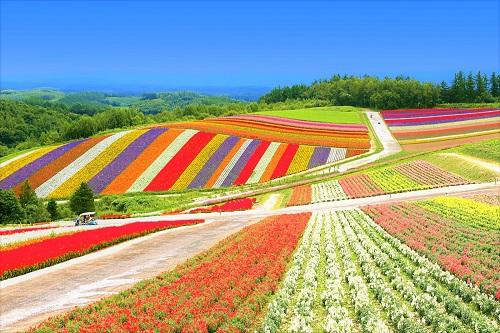
The months of summer are the hottest in Japan, with temperatures ranging from 21 to 32 degrees Celsius and sometimes even higher.
A characteristic of Japanese summers is high humidity. So if you plan to visit Japan during this season, it’s important to have items to protect yourself from the heat. It's worth noting that summer in Japan can also bring occasional typhoons and heavy rains, particularly towards the end of the season.
Summer Activities in Japan
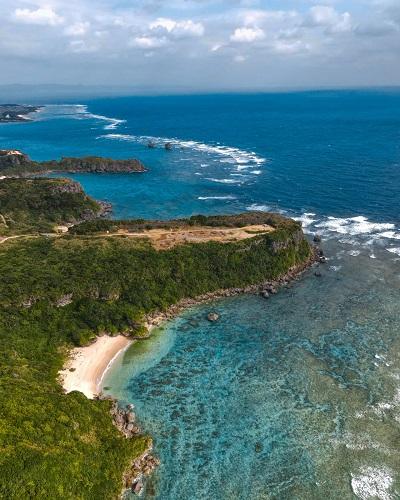
If you’re an outdoor lover, summer is the best season for hikes and camping. From May to June, the greenery and flowers of Japan are at their prettiest.
When you think about summer, beaches will surely come to mind. So it’s ideal to visit the coastlines of Okinawa, Kamakura, and Shonan.
Summer is also the season for some of Japan's most famous foods, including shaved ice or kakigori (かき氷), cold noodles like soba and udon, and seasonal fruits like watermelons and peaches.
Autumn in Japan
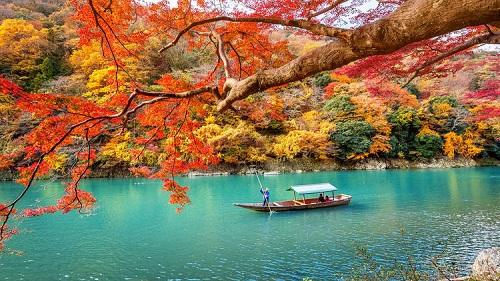
Both tourists and locals witness another side of Japan's beauty during fall. In this season, green leaves turn into shades of red, orange, and yellow as the temperature cools down. As you walk a path lined with trees, Japan’s autumn scenery will take your breath away.
Fall begins in mid-September and ends in early December. And while the air becomes dry, the temperature gets comfortable.
Fall Activities in Japan
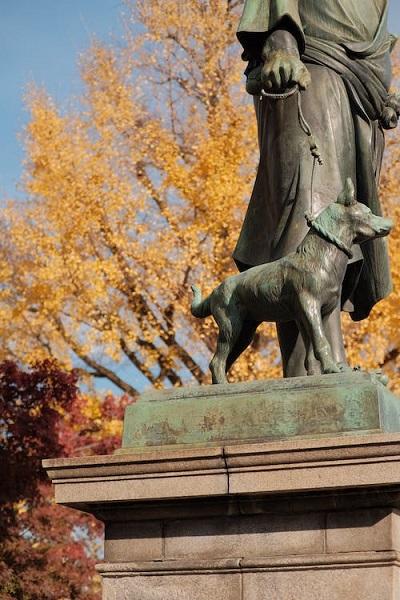
During autumn the locals enjoy an activity similar to hanami during fall. It’s none other than viewing the colorful leaves or koyo (紅葉). This time, the koyo front starts from the north (during the first half of October) and moves south.
Many people take strolls in parks and gardens to enjoy the stunning scenery. Some popular spots include:
- Eikando Temple in Kyoto, where you can appreciate the colorful leaves during the day and even nighttime (as the place is illuminated when it’s already dark).
- Ueno Park is a great place for viewing the foliage as it has around 9000 trees.
Just like spring, summer, and winter, autumn in Japan is also a time for seasonal foods. Many restaurants and cafes offer limited-time dishes that feature seasonal ingredients such as sweet potatoes, chestnuts, and mushrooms. One popular autumn food is tsukimi soba (月見そば), which is buckwheat noodles served in a hot broth with a raw egg on top, symbolizing the full moon.
Winter in Japan
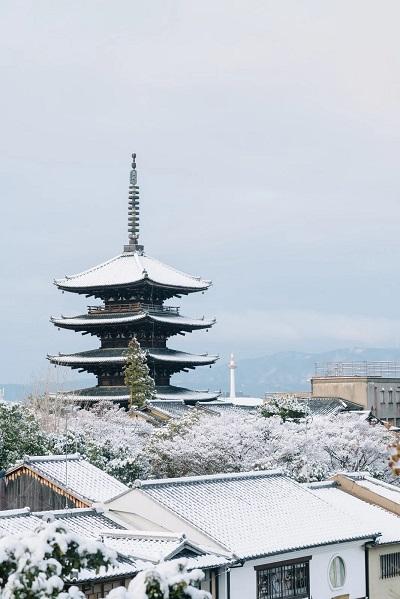
During the winter season, the temperature drops further. And it isn’t surprising if it goes below zero degrees Celsius (or less than 32 degrees Fahrenheit). Winter in Japan starts around late December and it gets more chilly at the beginning of January. It then ends in March.
Japan experiences heavy snowfall in various parts of the country, but Hokkaido receives the highest amount of snowfall compared to other regions.
Winter Activities in Japan
Rusutsu Resort in Hokkaido
Despite the winter cold, tourists and locals alike continue to indulge in different activities throughout the country. Outdoor enthusiasts, in particular, will love the ski resorts in Hokkaido and Nagano.
As for people who love to relax, hot springs or onsen (温泉) are the way to go. It’s the perfect getaway to warm up during the chilly weather.
Japan is also known for its beautiful winter illuminations. Many cities and towns have their own illumination events during the winter season, including Tokyo, Osaka, and Kobe.
There’s warm food to enjoy during the winter season as well. Some of the popular dishes include hot pot dishes called nabemono (鍋物) or nabe (鍋).
Conclusion
No matter what the season, Japan will always have something to offer everyone. You’re bound to see unique sights, experience something you’ve never done before, and discover new things. The changing seasons are part of Japan’s beauty.
So if you’re looking forward to indulging in a particular seasonal food or watching a special event, plan your trip accordingly. And in the meantime, get yourself some seasonal flavors delivered at home!


